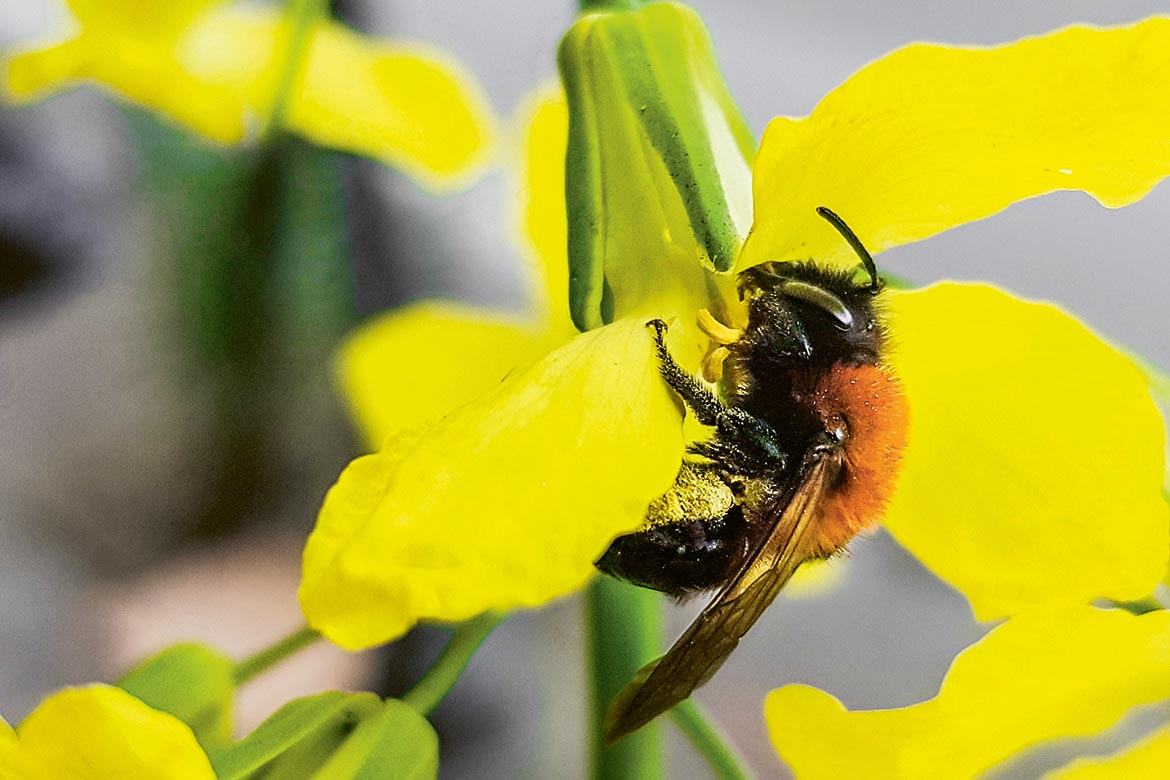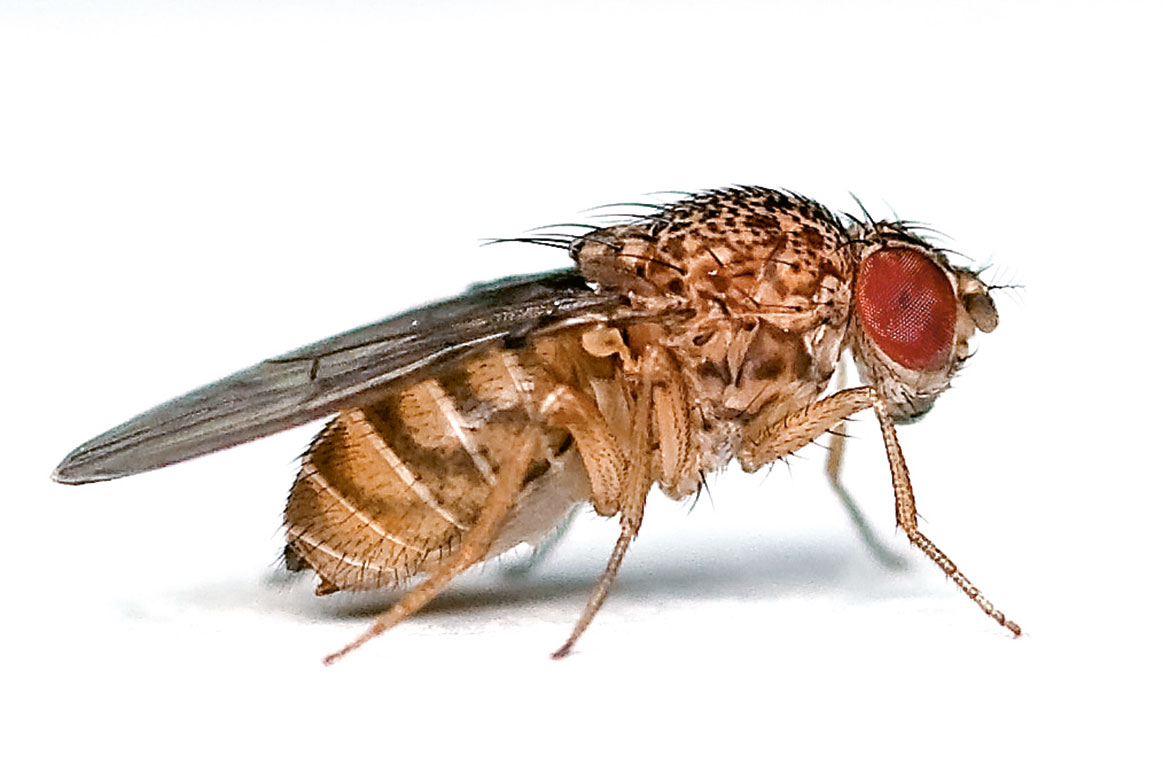INSECTS
Insects in the radar trap
A Europe-wide study is exploring the migratory paths of insect swarms.

A large-scale study across 17 radar stations in Europe is trying to find out whether dragonflies prefer to fly at night. | Image: Will Hawkes
Butterflies, hoverflies and dragonflies: Some insects, like these, travel long distances just like migratory birds. All over the world, trillions of creatures are on the move. But it remains largely unknown at what times of the year and of the day they prefer to migrate – and whether there are regional differences in their flight times. In order to answer such questions, the Swiss Ornithological Institute is using radar equipment installed on the ground that recognises the size and number of insects by their echo signatures. The data are then analysed automatically.
A research team led by the Swiss Ornithological Institute has been using this information to investigate insect migration across Europe from March to November. Radar devices at 17 locations, from the Pyrenees to Helsinki, have measured the daily flight activity of these animals at an altitude of between 50 and 500 metres. In the cooler months, these migrations took place mainly during the daytime. In the warmer months, however, there were four different flight phases: at dawn; during the day with a peak around midday; at dusk; and at night. “These patterns were the same at all our stations from May to September”, says Birgen Haest, the lead author of the study, who is based at the Ornithological Institute.
Radar measurements don’t enable researchers to identify individual species. But their data showed that the insects flying at night were bigger. “The daily light cycle is responsible for several migration ‘niches’ that different species across Europe seem to utilise in a similar way”, says Haest. These findings could help us to provide better protection for endangered insects – or to combat harmful insects more efficiently.




